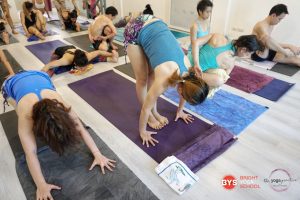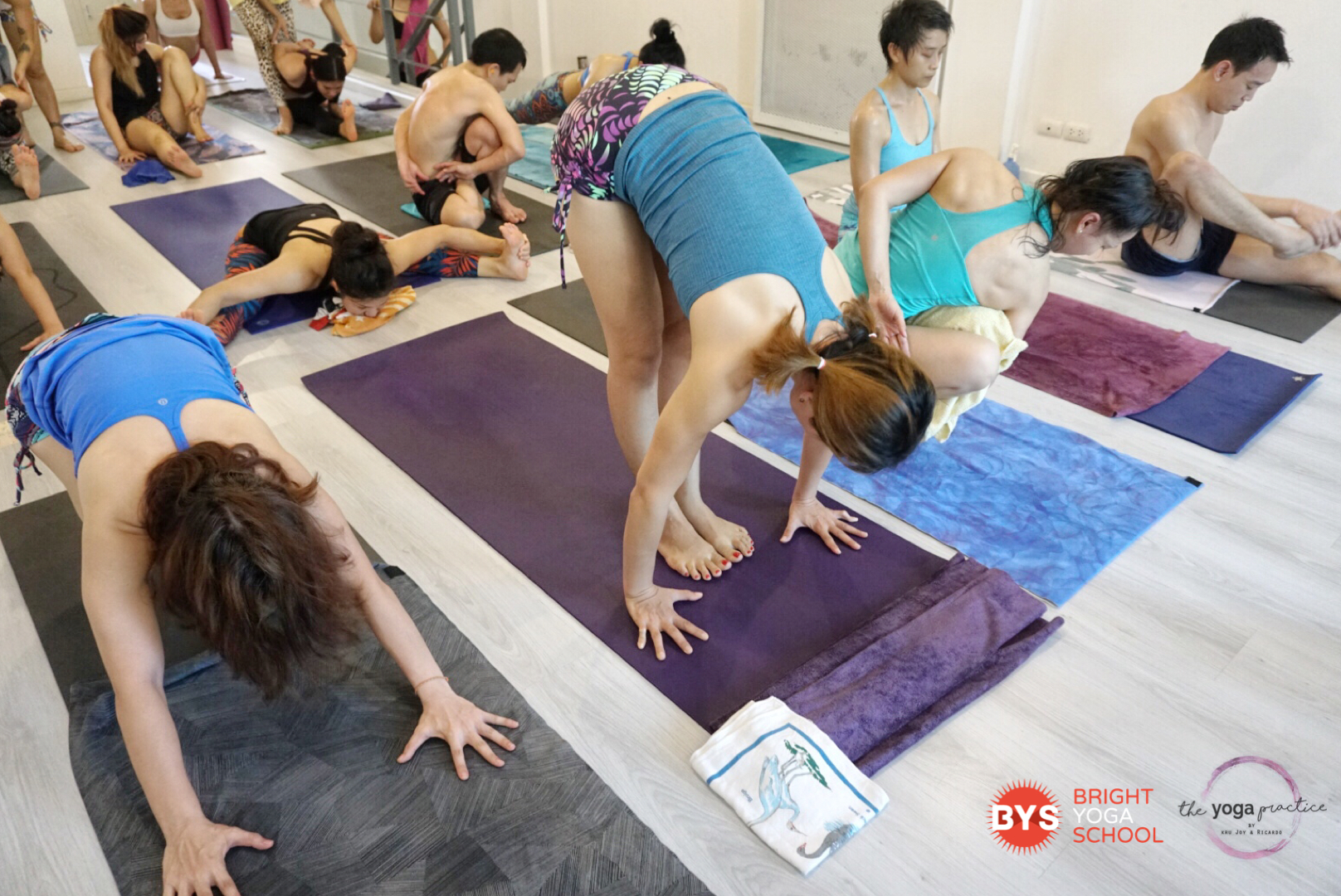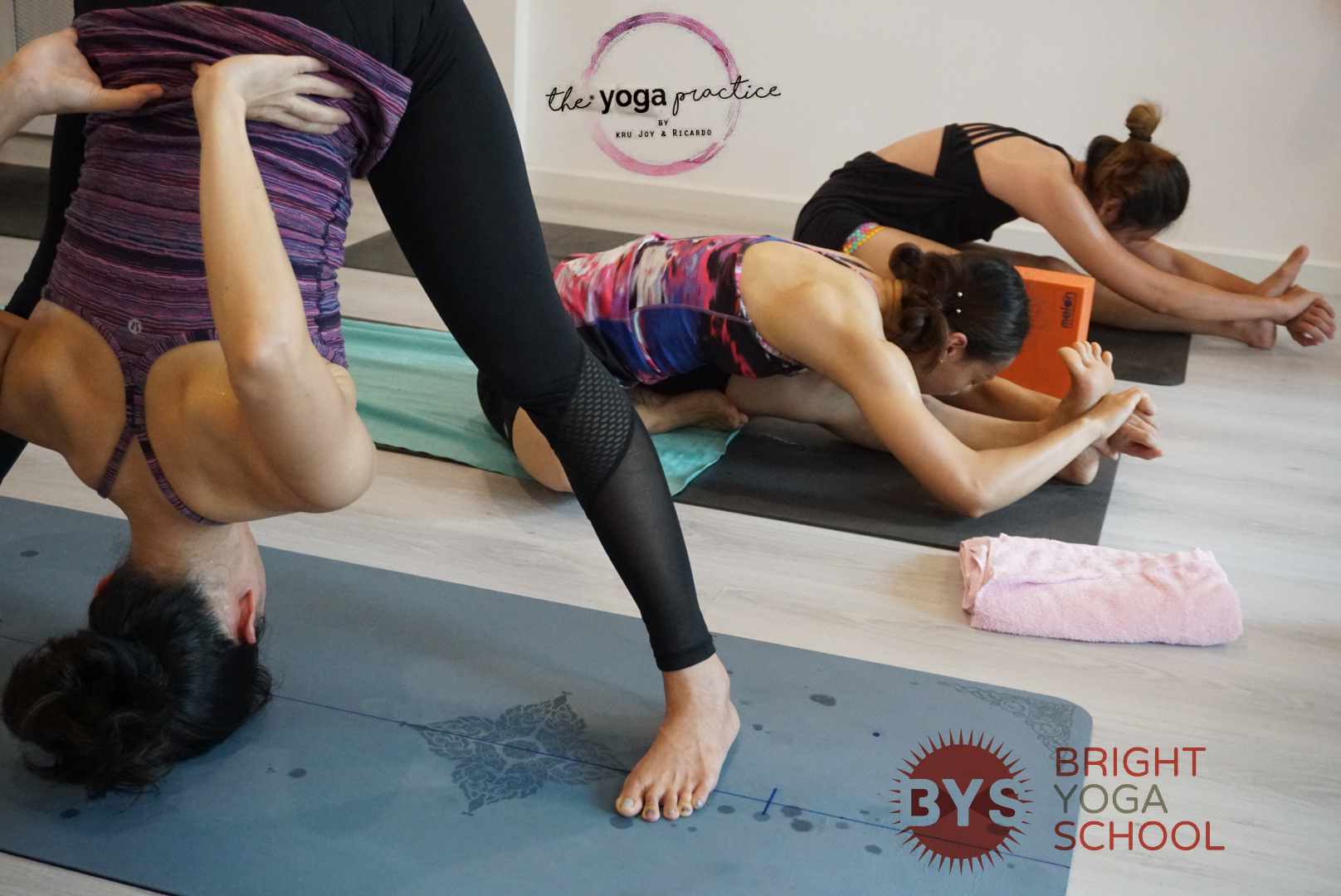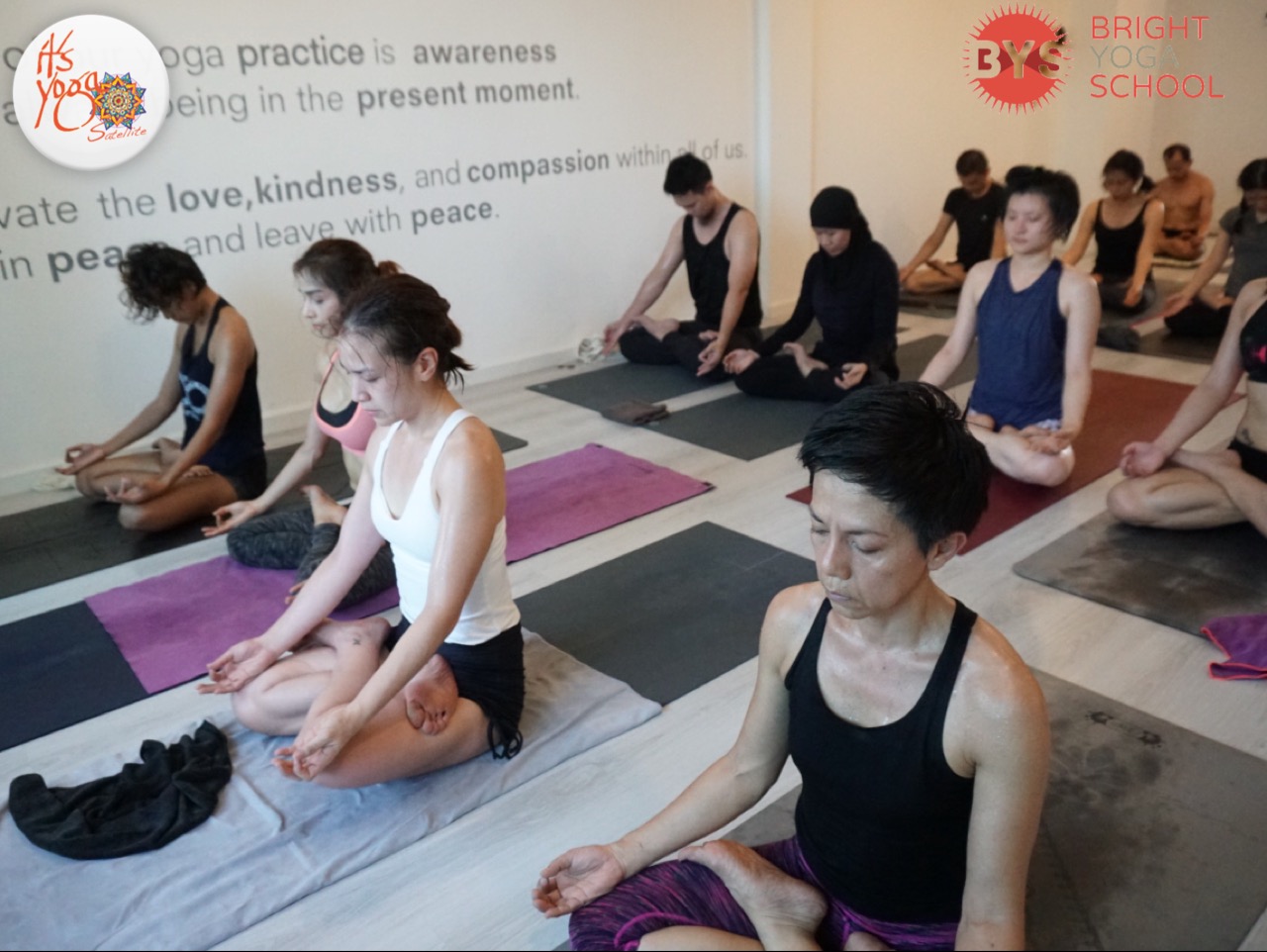By Brian Joanne Malabuyoc
I’ve heard these statements so many times: from myself (I’m guilty too) and from other people.
Recently, I’ve seen so many posts about yoga workshops on various topics offered by several teachers in different locations. I have conducted a few and attended many of such workshops and I always learn something new and valuable from each one.
So, why is it that a lot of people are still thinking twice about attending workshops?
**1) I’m not good at it yet.**
Often, people think that workshops are classes where only experienced students go.
Actually, most workshops are tailored to be helpful to beginners. More time is allotted to cover the basics and the foundations. There are a lot of things that teachers simply have no time to say during a regular class. But in workshops, your teacher can discuss those things at length and in full vivid detail. You can even ask questions and take time doing drills and to ask for more explanations. It’s so wonderful, especially if you are curious or have a lot of doubts.
For these reasons, students who are new can pick up a lot of insights on how to start their practice with good and mindful habits. This is especially important because unlearning bad habits sometimes take more time and set you back. Worse, building on weak foundations may cause unnecessary pain or injuries down the road.
As a beginner, all you really need in a workshop is an open mind and willingness to try. There is no expectation from you to perform or to understand everything immediately. Having a few takeaways that you can mindfully incorporate in your regular classes is already enough.
You don’t need to be good at things to attend a workshop. In fact, the workshop will help you get a good start in order to be good at whatever the workshop topic is.
**2) I already know what they’re going to teach.**
I understand why sometimes knowing the topic makes people uninterested if they’ve attended workshops on similar topics before. Spending registration money on newer topics may be more attractive in this case. BUT, I believe that it is still worth considering to attend workshops on things that you might have attended before. In my experience, this happens when I attend a class on the same topic for the nth time:
* I learn a different approach to something I’ve done before. For example, I recently joined a hands-on assist workshop with Teacher Joy and Ricardo of Bright Yoga. It is a topic covered in all teacher trainings that I’ve attended, a recent YACEP workshop, and I do hands-on assists and adjustments all the time in classes I teach. So, I might be tempted to say I already know how the workshop will go. But the actual lessons gave me a lot of new things that were so different from what I envisioned. It showed me a new approach to the things that I often do in class. I learned so many new things, so I’m very glad I was there!
* I am reminded of things that I have forgotten. It is impossible for me to catch every information that is given to me the first time. And I can’t remember everything that was ever told to me by my teachers. That’s ok. What’s important at that moment sticks to my mind. Going back to the same topic allows me to catch things that I might have not given as much importance to before, but are more relevant to me now.
* I get updated on new research, studies, and best practices. Doing the same things the same way all the time makes me feel dull. If it works, it’s good. But, things can be better. It’s useful to know how to improve. Also, it’s good to evolve and constantly grow.
* Taking time to immerse myself in a topic I like always makes me happy. So what if I’ve taken a hundred (exaggerating) workshops on arm balances? It sparks joy!
You don’t have to know anything about a topic in order to benefit from a workshop. Often, going back on a topic that you’ve covered before allows you to be better at what you’re already good at.
I hope this post encourages you to take time one of these days to attend a special workshop organized by your teachers or your local yoga studio. These workshops, especially by your regular teachers, have your needs in mind when they were planned. We mean it when we say we hope you could come because we really do want to share so much with you.
*****
Do you have any questions about workshops and special classes? Have you attended a workshop lately? How was the experience? Let me know by commenting on this post or sending me a message. 🙂




